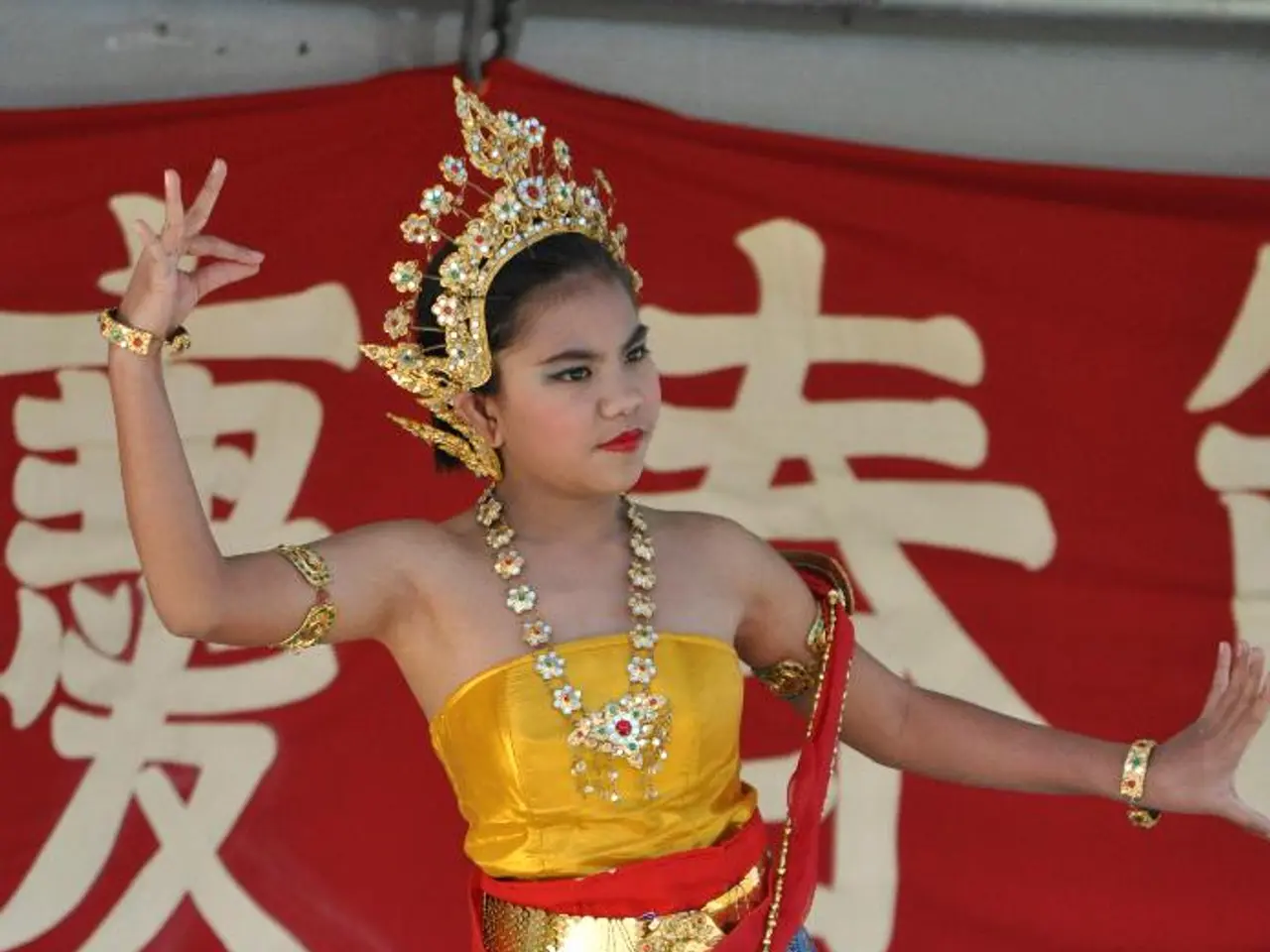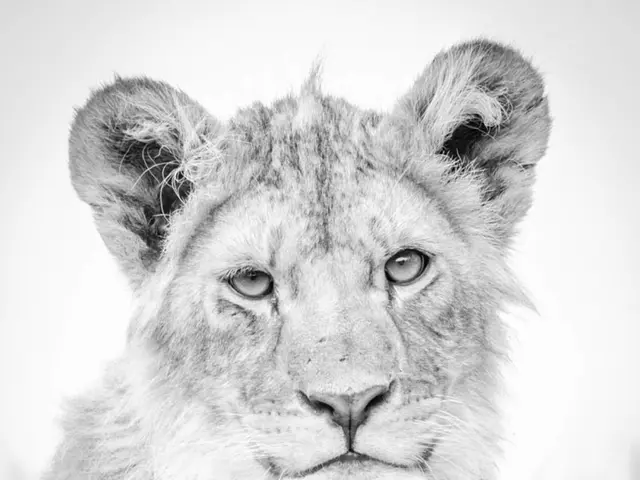Thousands Converge in Stunning Dance Performance at Estonian Celebration, Showcasing Cultural Pride and Solidarity
In the heart of Tallinn, Estonia, the XXI Dance Celebration unfolded over two days from July 3 to 4, 2025. This modern iteration of a tradition steeped in Estonian history and national identity attracted approximately 44,000 spectators, making it a memorable event for all who attended.
The Dance Celebration is part of the larger Estonian Song and Dance Celebration tradition, a cultural event that began in 1869 during Estonia’s national awakening. This festival is one of the largest amateur choral and folk dance festivals in the world, held approximately every five years, and brings together tens of thousands of Estonians to sing and dance in unison.
The event, like its song counterpart, serves as a powerful symbol of Estonian unity, cultural heritage, and national pride. It provides a space for Estonians at home and abroad to gather and celebrate their identity through music and dance. The performances took place at the Kalev Central Stadium in Tallinn, offering a visual representation of a nation in motion.
The choreography was drawn from local steps, music, and stories of the eight cultural regions of Estonia. The dance performances celebrated regional diversity and shared identity, creating a mosaic of movement that was both intimate and monumental. Nearly 11,000 dancers participated in the XXI Dance Celebration, embodying the Estonian concept of iseoma, meaning something deeply authentic and inherently ours.
The Dance Celebration has a rich history, starting as a means to promote national identity and cultural heritage during the period of Russification when Estonia was part of the Russian Empire. Singing and dancing became powerful expressions of Estonian identity and unity. Over time, the festival grew to include a large-scale Dance Celebration alongside the choral component.
During Soviet occupation, the Song and Dance Celebration became a subtle form of resistance and a symbol of national unity, culminating in the Singing Revolution of the late 1980s, which helped Estonia regain independence in 1991. The XXI Dance Celebration is part of the contemporary continuation of this tradition, held together with the XXVIII Song Festival under the shared title “Iseoma (Kinship)” in 2025, emphasizing kinship and unity among Estonians worldwide.
Beyond artistic expression, the festivals have played a pivotal role politically and socially, especially during Estonia’s struggle for independence and in reinforcing a sense of community during times of hardship such as the COVID-19 pandemic and ongoing regional conflicts. The event was inscribed on UNESCO’s Representative List of the Intangible Cultural Heritage of Humanity in 2008, which underscores its cultural importance and international recognition.
In summary, the XXI Dance Celebration is a modern iteration of a tradition started in the 19th century, deeply intertwined with Estonia’s national identity and historical struggle for independence. It remains a vital cultural and social event that brings together tens of thousands to celebrate Estonian heritage through dance, complementing the iconic choral performances of the Song Festival.
- After the captivating XXI Dance Celebration in Tallinn, Estonia, many tourists might be interested in exploring Estonian culture beyond dance, perhaps visiting home-and-garden exhibitons, immersing themselves in the lifestyle, and experiencing the travel destinations that showcase Estonia's rich history and heritage.
- The unifying power of the Estonian Song and Dance Celebrations extends beyond the performance stages, as they have played a crucial role in the nation's political journey, providing a platform for solidarity during Estonia's struggle for independence and throughout challenging times like the COVID-19 pandemic.
- As a traveler planning a cultural trip to Estonia, staying in Tallinn offers the perfect opportunity to partake in the XXI Dance Celebration, an event deeply rooted in Estonia's history, national pride, and tradition, while also allowing for exploration of the unique culture, lifestyle, and regional diversity that makes Estonia a unique gem in the Baltic region.




